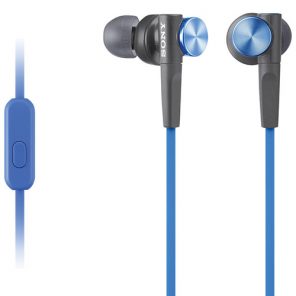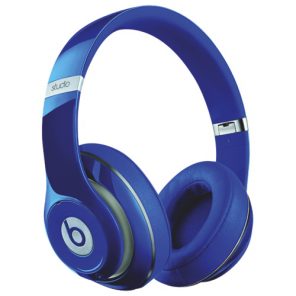 Unwanted noise can ruin your day, or your sleep. It can distract you from tasks and fill your head with annoying or unpleasant sounds and generally drive you crazy.
Unwanted noise can ruin your day, or your sleep. It can distract you from tasks and fill your head with annoying or unpleasant sounds and generally drive you crazy.
Even if you’re listening to something using headphones, sometimes external noise can disrupt your listening experience; for example if you’re trying to watch Netflix while your gym is blasting techno-pop.
Headphone manufacturers have been including external noise elimination technology in their headphones to help block out unwanted sound and distracting noise, but there are a few terms out there that may have you wondering what’s what.
What is Noise Isolating?
Think of ‘noise isolating’ as the basics of noise blocking technology. In fact, there’s not really much technology involved. Noise isolation uses physical barriers to block out sound; whether it’s thicker padding in ear cushions or a tight fitted seal in an in-ear model, noise isolating refers to the physical process of isolating your ears from sound waves. Battery power isn’t required for this type of noise blocking, but it can also be less effective, depending on the noise you’re trying to deal with. By and large, noise isolating headphones tend to be less costly than noise cancelling headphones.
Some examples of headphones that use noise isolating are the Panasonic ErgoFit, Monster’s DNA Over-ears, and Sony’s Extra Bass sound isolating model.
What is Noise Cancelling?
This is where the technology comes in. Noise cancelling is a technological term that refers to the use of sound waves to cancel out other unwanted sound waves.
How do they work? Tiny microphones in noise cancelling headphones ‘listen’ to outside sounds, then create a sound to mask it, essentially electronically cancelling it out. The technology is actually far more complex than that, but since this is the Coles Notes version, I think you get my drift.
As explained by Shure’s Manager of Technical and Educational Communications Chris Lyons (Shure makes professional grade recording equipment):
“Noise cancellation was originally developed to improve radio communications in noisy environments like aircraft cockpits. There’s a microphone built into each cup of the headphones that samples the ambient noise near the ear. That noise signal is fed into an electronic circuit that analyzes it and creates a mirror image of the noise, then adds the noise back into the music signal. Some of the real noise is cancelled out by the mirror image inverse noise.”
An example of noise cancelling headphones are the Bose QC35 over ear headphones (which, as we’ve seen also have some noise isolating properties too) and these by House of Marley, or the Jabra Storm.
So, to recap; noise isolation uses ear cups or a tight seal to keep out unwanted noise, while noise cancellation uses electronics and technology.
Some experts say noise cancellation works best for lower-tone sounds like airplane drones, and that they can be less effective with higher-register noise, like some human voices or a crying child.
Other terms
You may find other terms as you’re shopping for headphones. Beats by Dre and House of Marley are using other noise/sound-related terms:
Active Noise Cancellation
This essentially refers to noise cancellation. All noise cancellation is really ‘active’ in that it is actively listening to the outside noise in order to cancel it out for you.
Adaptive Noise Cancellation
This is a feature you’ll see in some headphones that offer electronic noise cancellation. What it does is adjusts the cancellation level, depending on the audio that’s playing. For example, if you have music playing, the noise cancellation may need to be less, simply because you wouldn’t hear the outside sound as well anyway because of your music and its volume. When your music, podcasts etc are silenced, the noise cancelling level is increased, because now there’s no other sound between you and the background noise.
This feature is not actually uncommon, though it’s advertised in different ways, or not at all; I’ve tried out two pairs of headphones recently that had this ability; one was not even billed as noise cancelling (Samsung’s IconX truly wireless earbuds), while the other allowed me to control and fine-tune the noise cancellation level using an app (Parrot’s Zik3 over-ear headphones).
Which type of noise blocking is right for you will depend on the kind of noise you regularly experience, and where you’re most often wearing the headphones. Of course some of these headphones also offer both technologies built right in, giving you in effect double the level of sound and noise protection.
Check out Best Buy’s full lineup of headphones to find the pair right for you.



